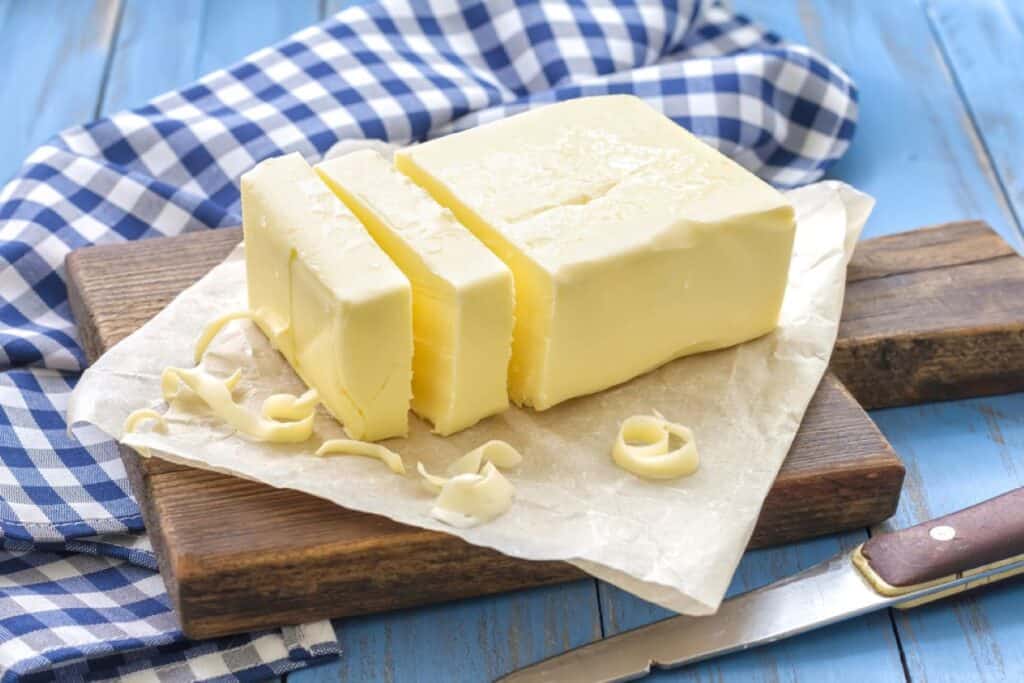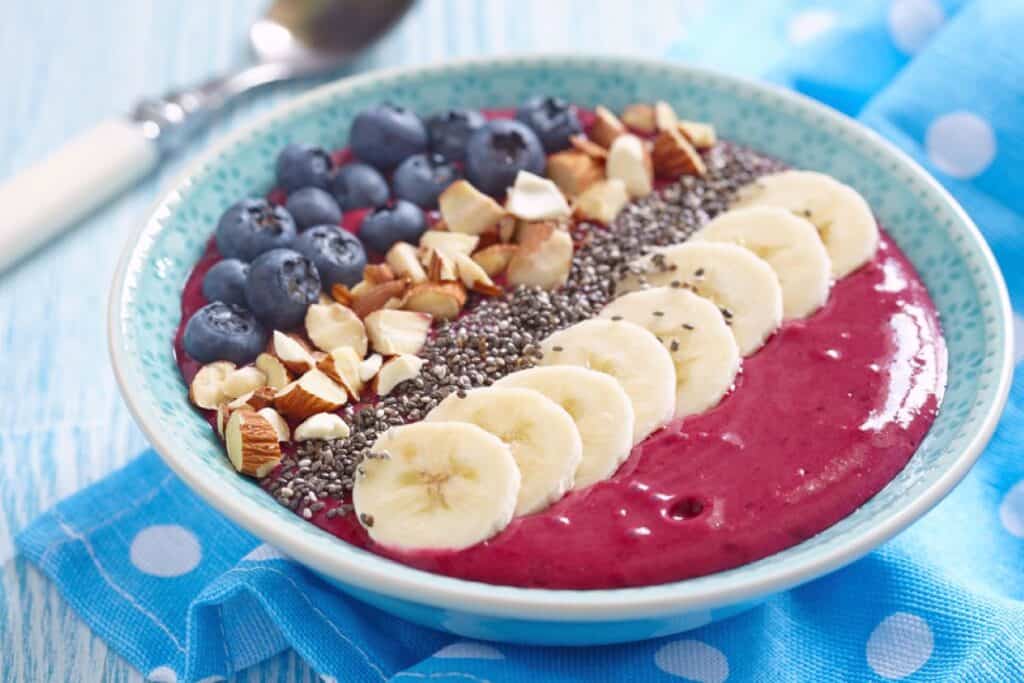Dairy-free cooking opens a world of delicious possibilities for those seeking to avoid dairy for health or personal reasons. It allows individuals to enjoy delicious meals without compromising on flavor or nutritional value.

The journey to dairy-free cooking may initially seem daunting, especially if you’ve relied heavily on dairy products in your everyday meals. However, the culinary world is vast and rich with alternatives that can replicate the textures and flavors of dairy. From creamy soups to delicious desserts, the right substitutes can make the transition smooth and enjoyable.
Understanding dairy-free diets
Dairy-free cooking involves eliminating all forms of dairy products from your diet, including milk, cheese, butter and yogurt. This might seem challenging at first, especially if you’re accustomed to using dairy in many of your favorite recipes. However, with the right knowledge and alternatives, you can create delicious and satisfying meals that adhere to your dietary needs. If you suspect you have a sensitivity to cow’s milk, consider testing for cow’s milk sensitivity to better understand your body’s needs.
Essential ingredients for dairy-free cooking
Dairy-free cooking relies on a variety of ingredients that effectively replace traditional dairy products. Exploring key substitutes such as plant-based milk, non-dairy fats, cheese alternatives and yogurt and cream replacements can make dairy-free cooking both practical and delicious.
Plant-based milk alternatives
Plant-based milk alternatives provide versatile options for replacing cow’s milk in recipes. Common choices include almond milk, soy milk, oat milk and coconut milk.
Almond milk offers a light, slightly nutty flavor, suitable for cereals and smoothies. Soy milk has a richer texture and is ideal for baking and coffee. Oat milk is creamy and works well in lattes and baking. Coconut milk — from cans, not the beverage — adds a distinct, rich taste perfect for desserts.

Dairy-free fats and oils
Replacing butter and other dairy fats is crucial in dairy-free cooking. Coconut oil is a popular choice due to its high-fat content, making it an excellent substitute for butter in baking. Olive oil and avocado oil are fantastic for cooking and salad dressings, offering unique flavors and health benefits. Vegetable shortening provides a solid fat option for pastries and pie crusts.
“My daughter has to follow a dairy-free diet due to alpha-gal syndrome. My favorite butter substitute is olive oil. I brush it on bread when making grilled sandwiches and use it in baked goods. Even my family members without alpha-gal prefer it to butter now!”
— Sage Scott, Sage Alpha Gal
Sometimes, nut butters like almond or cashew butter can also be used to add richness to sauces and baked goods. These fats and oils ensure that the texture and flavor of dairy-free dishes remain satisfying.
Cheese substitutes
Cheese substitutes offer varied options that can closely mimic the taste and texture of dairy cheese. Nutritional yeast provides a cheesy flavor and can be sprinkled on pasta or popcorn.
Cashew cheese is made from blended, soaked cashews and can be used in dips and spreads. Tofu blended with seasonings can create soft cheese alternatives like ricotta or cream cheese.
Yogurt and cream alternatives
Dairy-free yogurt and cream alternatives allow for great replacements in common recipes. Coconut yogurt and almond yogurt offer creamy textures and can be used in parfaits, smoothies and dressings.
Soy yogurt provides a thicker consistency that is beneficial in baking or as a topping for savory dishes. Coconut cream serves as an excellent substitute in recipes requiring heavy cream, especially in making sauces and desserts.
Techniques for dairy-free cooking
Mastering dairy-free cooking involves more than just substituting ingredients. Creating the right texture is crucial. For example, when making creamy soups and sauces, you can use blended cashews, coconut milk or pureed vegetables like cauliflower or potatoes to achieve a creamy consistency. These substitutes not only maintain the desired texture but also enhance the flavor and nutritional value of your dishes.
Planning dairy-free meals
Effective planning for dairy-free meals involves understanding the right ingredients. Creating recipes to ensure balanced breakfasts, lunches, dinners and snacks does not need to be overwhelming.
Breakfast ideas: A great option is a smoothie made with almond or coconut milk. Add fruits like berries and bananas to get a delicious blueberry banana smoothie bowl. Overnight oats soaked in plant-based milk like soy milk, with chia seeds, nuts and fruits provide a filling meal. A tofu scramble seasoned with turmeric, garlic powder and vegetables like spinach and bell peppers makes a hearty meal. Include cereals without milk paired with fruit or dairy-free yogurts.

Lunch and dinner: Focus on a mix of protein and vegetables, such as a hearty salad with plenty of greens and grilled steak. Stir-fries with tofu or tempeh and colorful vegetables are another great option. Pecan-crusted chicken is a great dairy-free option that the whole family will love.
Snacks and desserts: For snacks, nuts and seeds paired with dried fruits like apricots or cranberries are perfect for a quick energy boost. Dairy-free ice creams made from coconut, almond or cashew milk are widely available. Smoothie bowls blended with frozen fruits and plant-based milk, topped with granola and fresh berries, are both satisfying and nutritious.
Final thoughts
Mastering dairy-free cooking opens up a world of culinary possibilities, allowing you to enjoy delicious, nutritious meals that suit your individual needs. With a bit of experimentation and a positive attitude, you can create dishes that are every bit as satisfying as their dairy-filled counterparts. Embrace the journey, explore new ingredients and techniques and enjoy the benefits of a dairy-free lifestyle.
Trina Krug, MS, CDSP is a holistic nutritionist, recipe creator and advocate for human health. Her passion for low carb lifestyles, gluten free eating and real nutrition education has led to the creation of Trina Krug. She spends her time creating recipes, hanging out with her family on her farm and actively working on her Doctor of Science in Integrative Health.